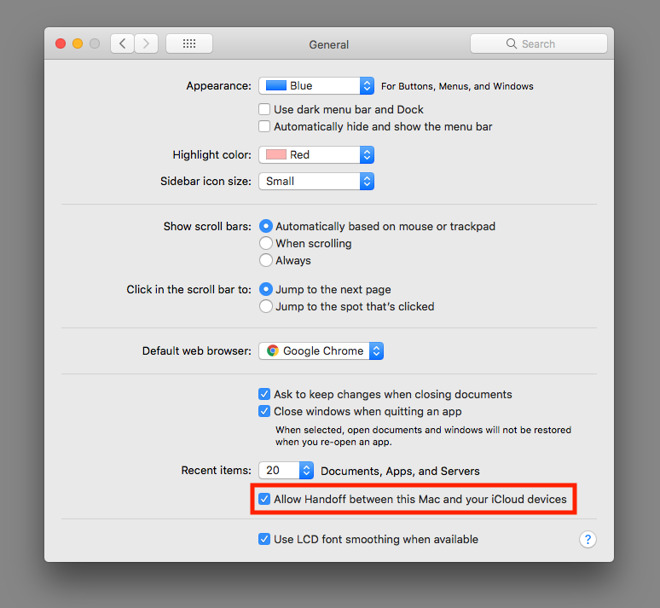
You’ve got icons for sharing pages, accessing tabs synced to iCloud, showing or hiding the sidebar, zooming in and out of webpages, and more. It’s then just a question of dragging icons to and from the toolbar (you can drag them along the toolbar, too, to reposition them). Right-click on a blank area of the toolbar and choose Customize Toolbar to get started. Specifically, you can tweak the Safari toolbar so the options you need most are within easy reach, and the options you don’t need are hidden away. You might have left Safari exactly as it was when you first bought your Mac-and there’s nothing wrong with that-but you can seriously boost your productivity on the web by bringing the tools you use most often closer to hand. Customize the Safari toolbar Maybe you love chaos and only want “open random bookmark” in your toolbar.

There you’ll see all your tabs laid out as thumbnails, making them a little bit easier to navigate around. Sorting by website is probably the most useful of the two, especially if you’ve got a pile of tabs open and want to keep pages of a particular type (like Twitter profiles or Google search results) together in the stack.Īnother Safari-based way to get a handle on all the tabs you’ve got open is to go to View, then Show Tab Overview (or click the button showing two rectangles on the right-hand end of the toolbar). The first option arranges your tabs in alphabetical order based on the title of the page, while the second arranges them in alphabetical order based on the name of the website. Open up the Window menu, choose Arrange Tabs By, and you’ll be able to pick from Title or Website. You may have more tabs open than you really should, but Safari can help you get them into some kind of order. To find it on an iPhone, for example, tap the tab overview button in Safari (bottom right), scroll down, and you’ll see a list of webpages open in Safari on your Mac. What’s more, if you’re using iCloud across all your devices, the tab overview screen will display all the tabs you have open on your various computers, tablets, and phones.

With those options enabled, any webpage open on your Mac in Safari will also appear as an option in your iPad’s dock, and at the bottom of the app switcher screen on your iPhone (swipe up from the bottom of the screen to see it). On iOS and iPadOS, go to Settings, then General and Handoff to enable the feature. Under General, make sure the Allow Handoff between this Mac and your iCloud devices box is ticked. On your Mac, open the Apple menu, then System Preferences. You may want to carry your desktop browsing session over to an iPhone or an iPad (as you leave the house, for example, or slump onto the sofa), and Safari makes this easy to do: you just need to be signed into the same Apple ID on all your devices.
GOOGLE CHROME FOR MAC IN DOCK HANDOFF PASSWORD
Just look for the Use Strong Password option that appears whenever you’re signing up for a new service and move the cursor to the password field. If you’re struggling to come up with unique, strong passwords, Safari can suggest them for you. Where applicable, you’ll also get a link to the relevant site so you can change your login details straight away. If the browser has identified a reused password, you’ll see the various sites where you’ve signed in with it. Switch to the Passwords tab to view a list of all the login details Safari has saved for you-you’ll see yellow exclamation marks next to all the passwords it isn’t particularly happy with.Ĭlick on any of the individual list entries to get more details. To run a password audit inside the browser, launch Safari, open the Safari menu, and choose Preferences.

Safari is concerned about your password security and will warn you if it detects that you’re using the same password again and again, or if it thinks your passwords aren’t strong enough (too short or too simple). Check for weak passwords Safari might have a lot to say about your passwords… David Nield

See how many of these power user tips make a difference to your productivity in Apple’s web browser. Safari just keeps getting better: The default browser for Apple’s operating systems adds new features every year, so you could be missing out on some cool functionality if you’re not up to speed with everything it can do.


 0 kommentar(er)
0 kommentar(er)
